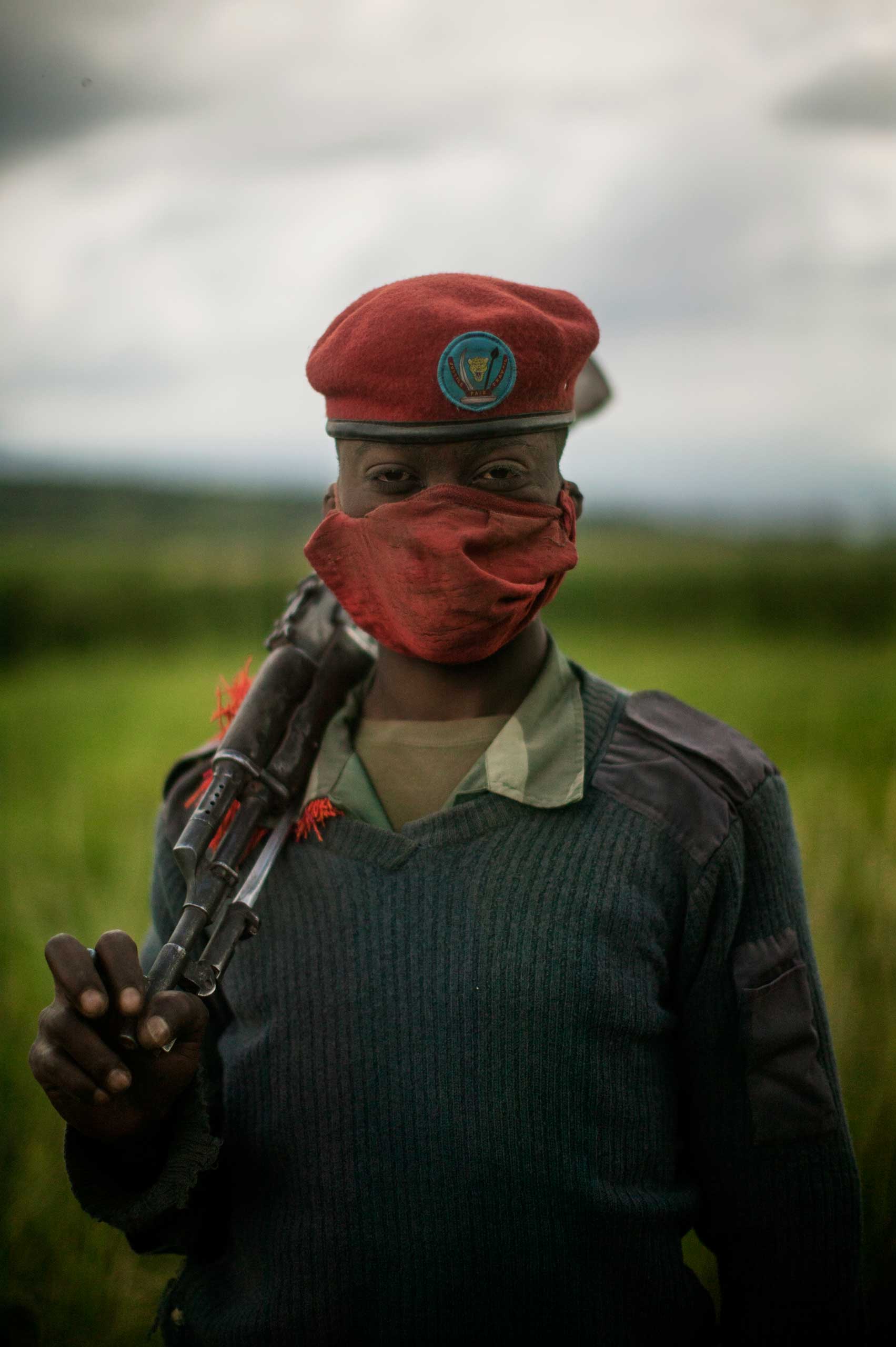
Last month, as the UK held the first-ever global summit aimed at ending sexual violence in conflict zones, Pete Muller was asked to present his portraits of Congolese women who had been victims of such crimes and, in some cases, have spoken out against their assailants.
There’s no doubt that the 32-year-old American photographer, who is now based in Nairobi, Kenya, is proud of these portraits, which he produced for the International Campaign to Stop Rape and Gender Violence in Conflict. Yet, he tells TIME, these photographs don’t tell the whole story.
“[Behind the story] of almost every brutalized woman, there’s a man. But somehow, it’s become a women’s issue and their burden. They have to learn how to cope with the things that we, men, do, and we’re sort of left off the hook. The question should be: ‘How can we stop this from happening in the first place?’”
With financial support from the Open Society Initiative for Southern Africa, Muller has spent the last year in the Democratic Republic of Congo (DRC) photographing and talking to men – soldiers and civilians. His goal is to “understand the causes of male-perpetrated violence,” he says. “I’ve been talking at length with these guys about their impression of what being a successful man means. For example, in Congo, I found traditional ideas of manhood, where a man has to provide for his family and defends it. So, I ask them whether they feel they fit that definition. I’m working around the hypothesis that when men are not able to achieve what are often rigid standards of what makes successful manhood, they become extremely anxious and volatile, and they will revert to dangerous and violent behavior in order to try to assert themselves as men.”
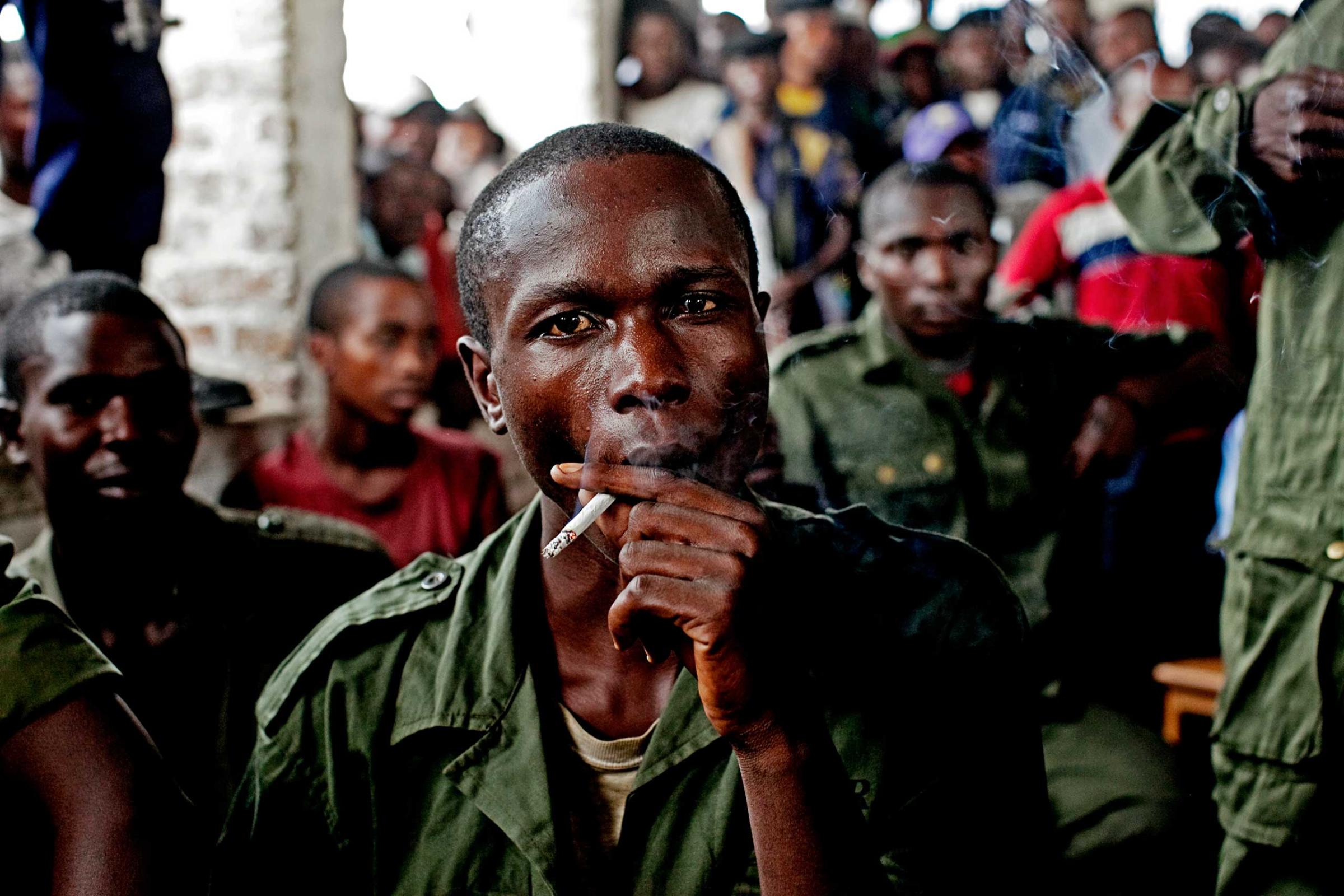
In the DRC, a country in tatters after two decades of conflict and civil war, men and soldiers have experienced an unimaginable level of trauma, says Muller. “In society, a soldier with a gun is seen as a powerful man, but within the structure of the military, these guys are often unpaid for months at a time, they can’t provide for their families, they are often on combat operation consistently, sometimes for years. They get no home leave; they get little rations or equipment. And they get zero psychological support.”
When Muller has managed to talk with these soldiers, the results have been surprising, he tells TIME. “They’re used to foreign journalists asking them about the war, so when I ask them about their childhood, their fathers and their kids, the emotional outpouring is really touching.”
These conversations will form part of Muller’s body of work. “I’m still figuring out what the best concept will be for this,” he says. “I don’t want to put anybody in a dangerous situation, so I’ve included portraits of men I didn’t speak with, and there are people that I did talk to but didn’t photograph. And I’m giving everybody anonymity. I don’t even share first names.”
Muller plans to continue the work in South Africa and Namibia, and he hopes to find further funding to add Palestine and the U.S. to his list. “I think this issue is universal,” he says. “Myself, I was raised to be quite masculine – playing football, fist fighting. It took me a long time to be in touch with myself and get away from that social posturing. People talk about photography as therapy, and I know some disagree with that, but for me, this work is very therapeutic.
Pete Muller is a photographer based in Kenya. He was named LightBox’s 2011 Wire Photographer of the Year. See more of his work here.
Olivier Laurent is the editor of TIME LightBox. Follow him on Twitter and Instagram @olivierclaurent.
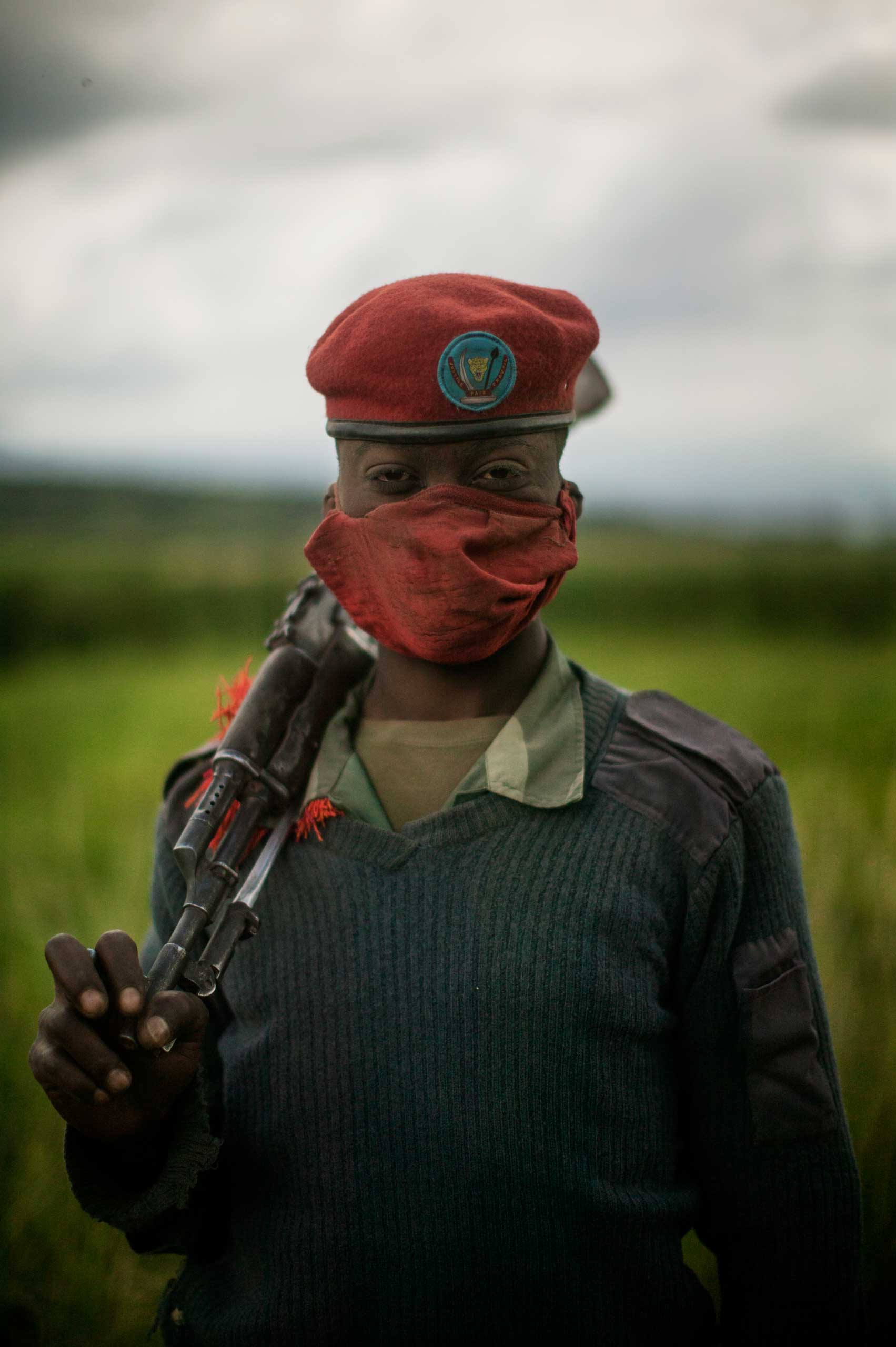
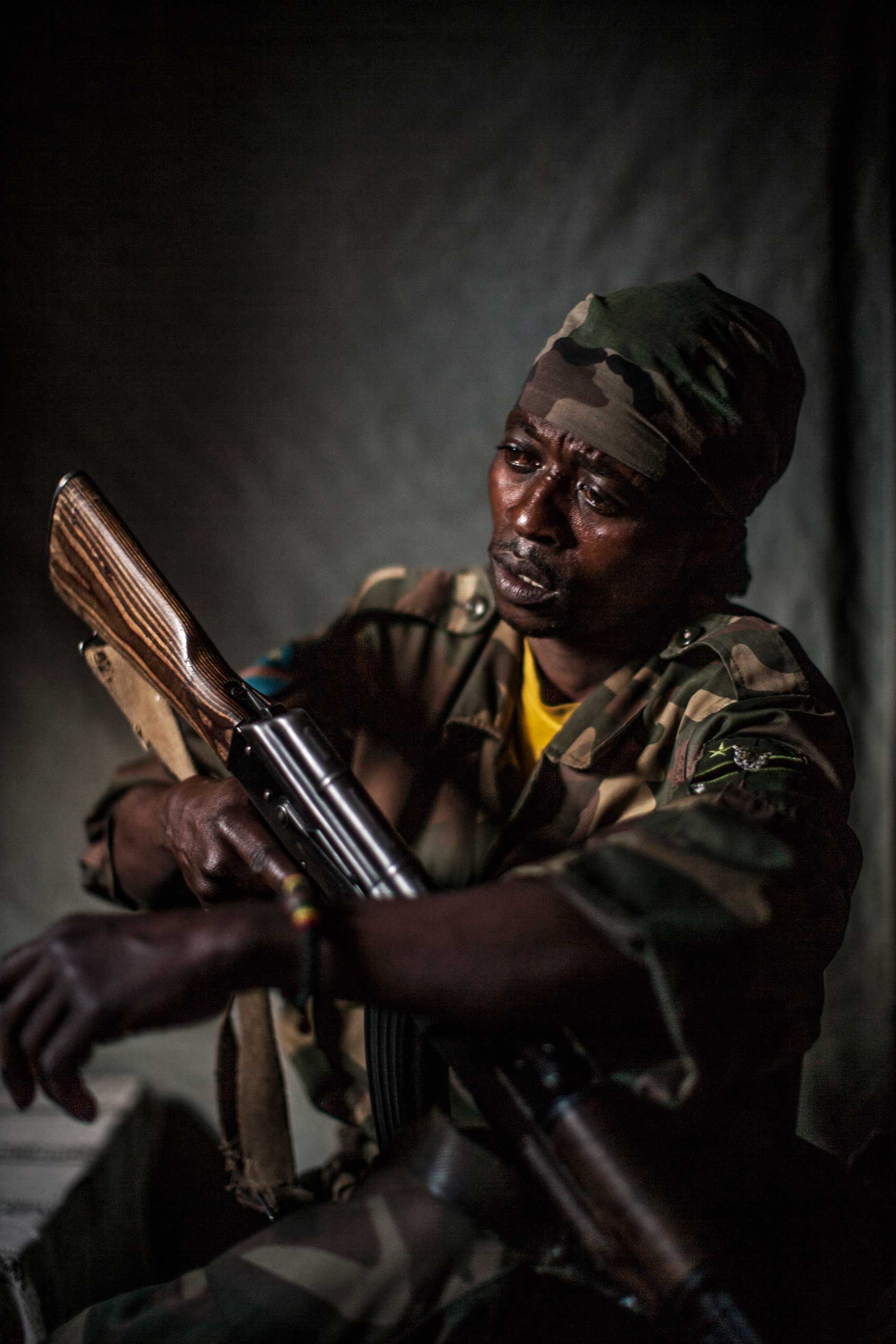
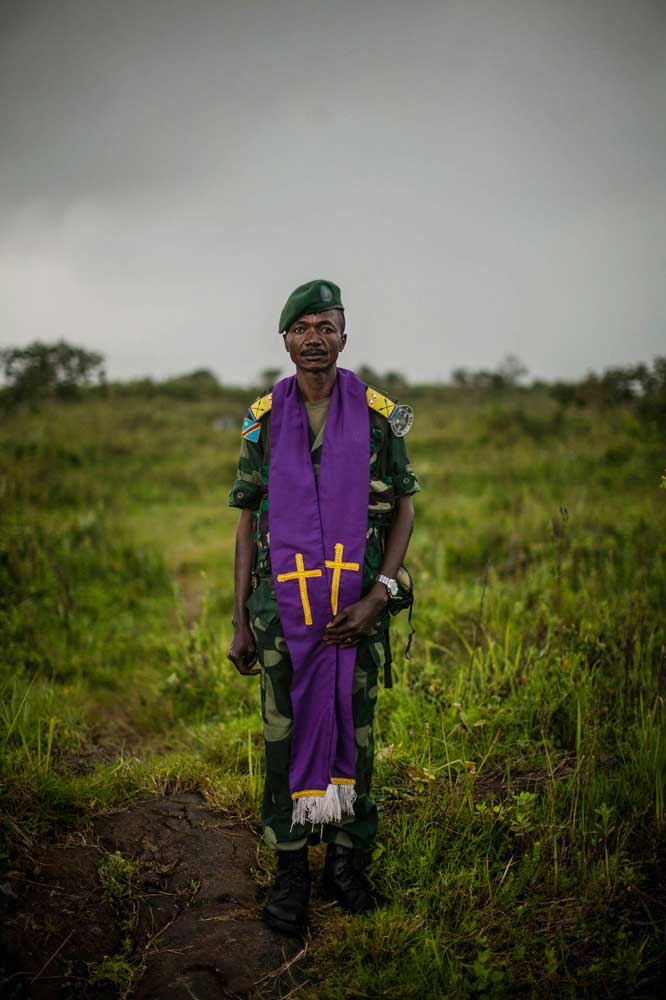
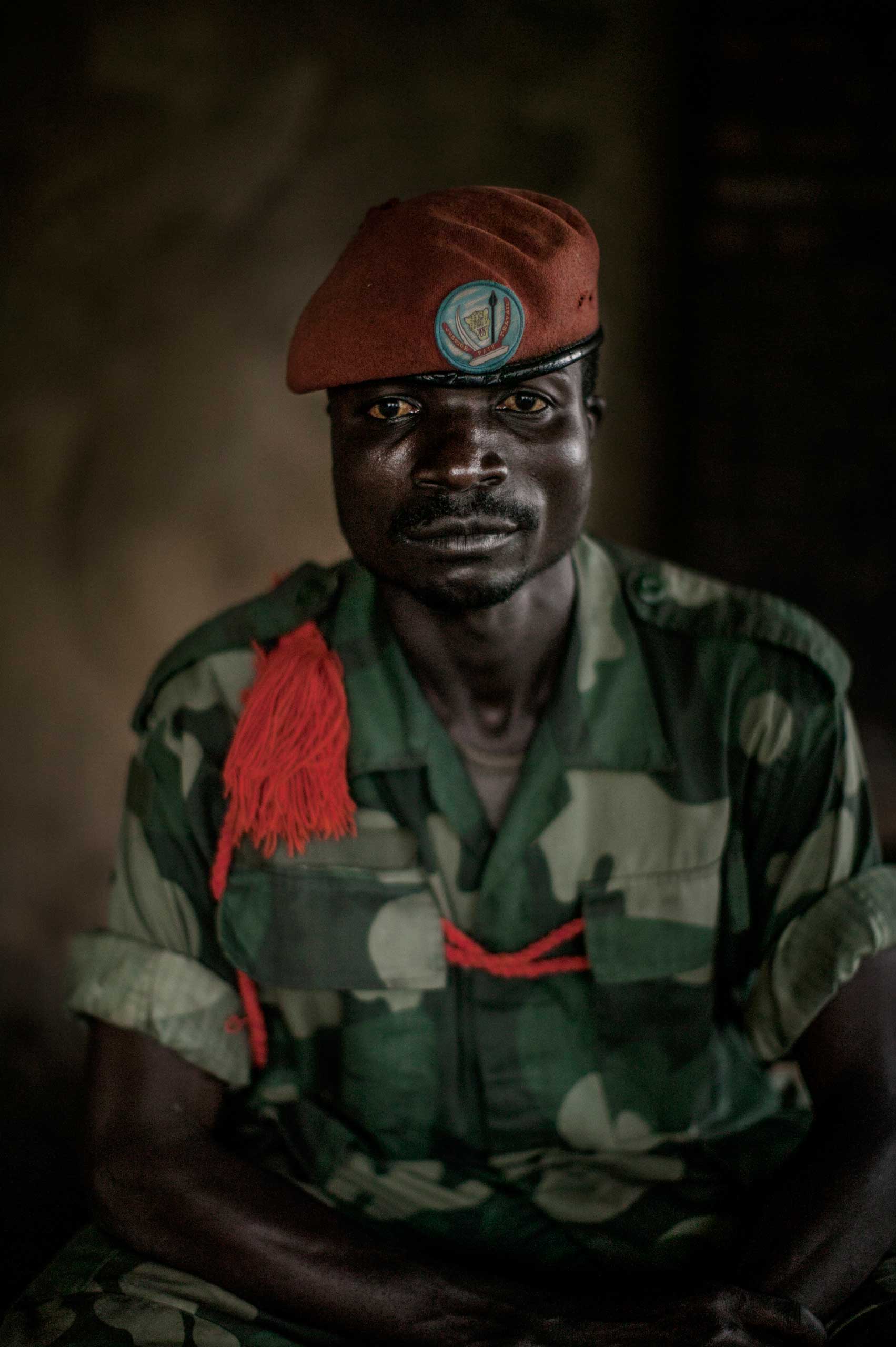
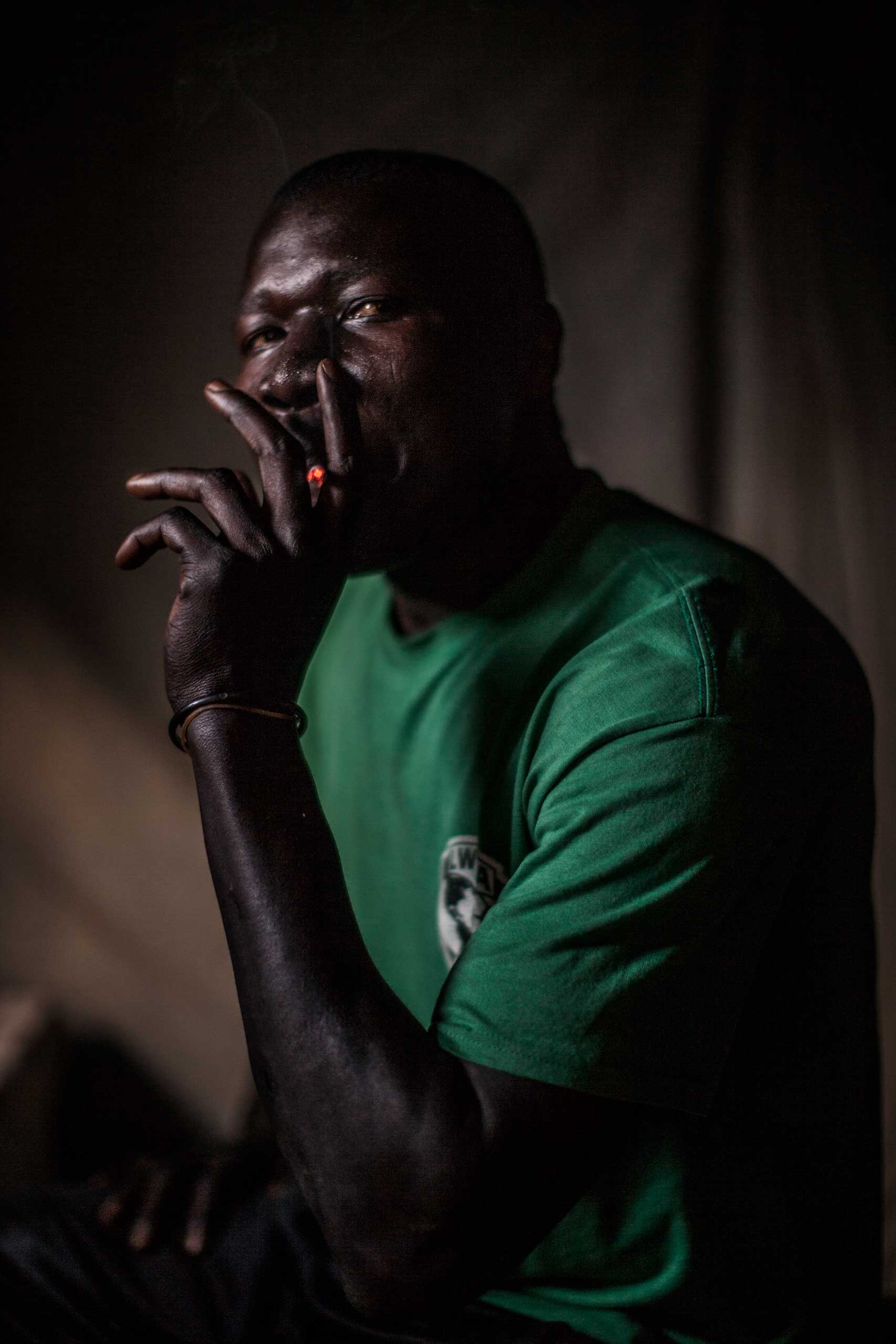
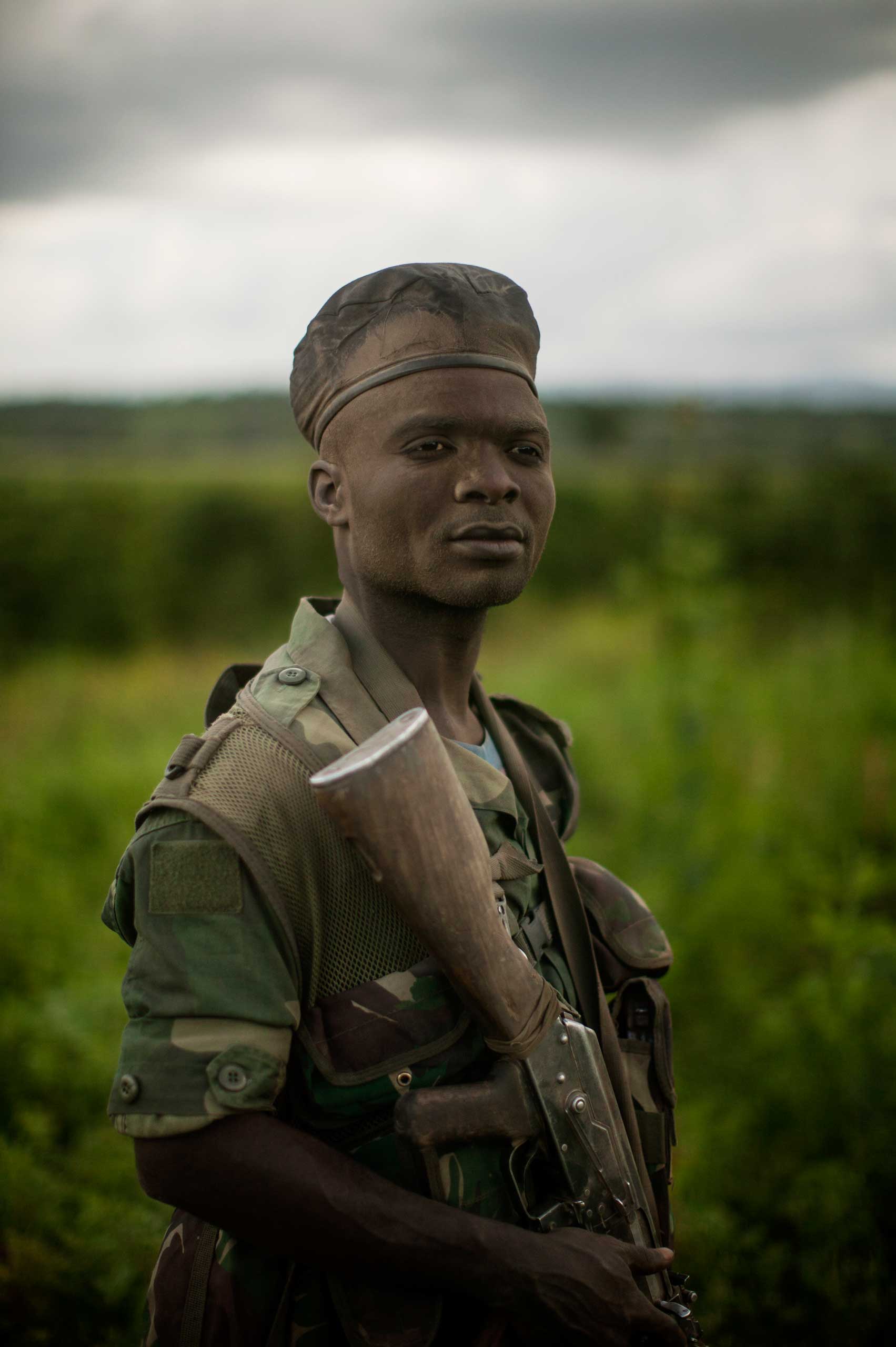
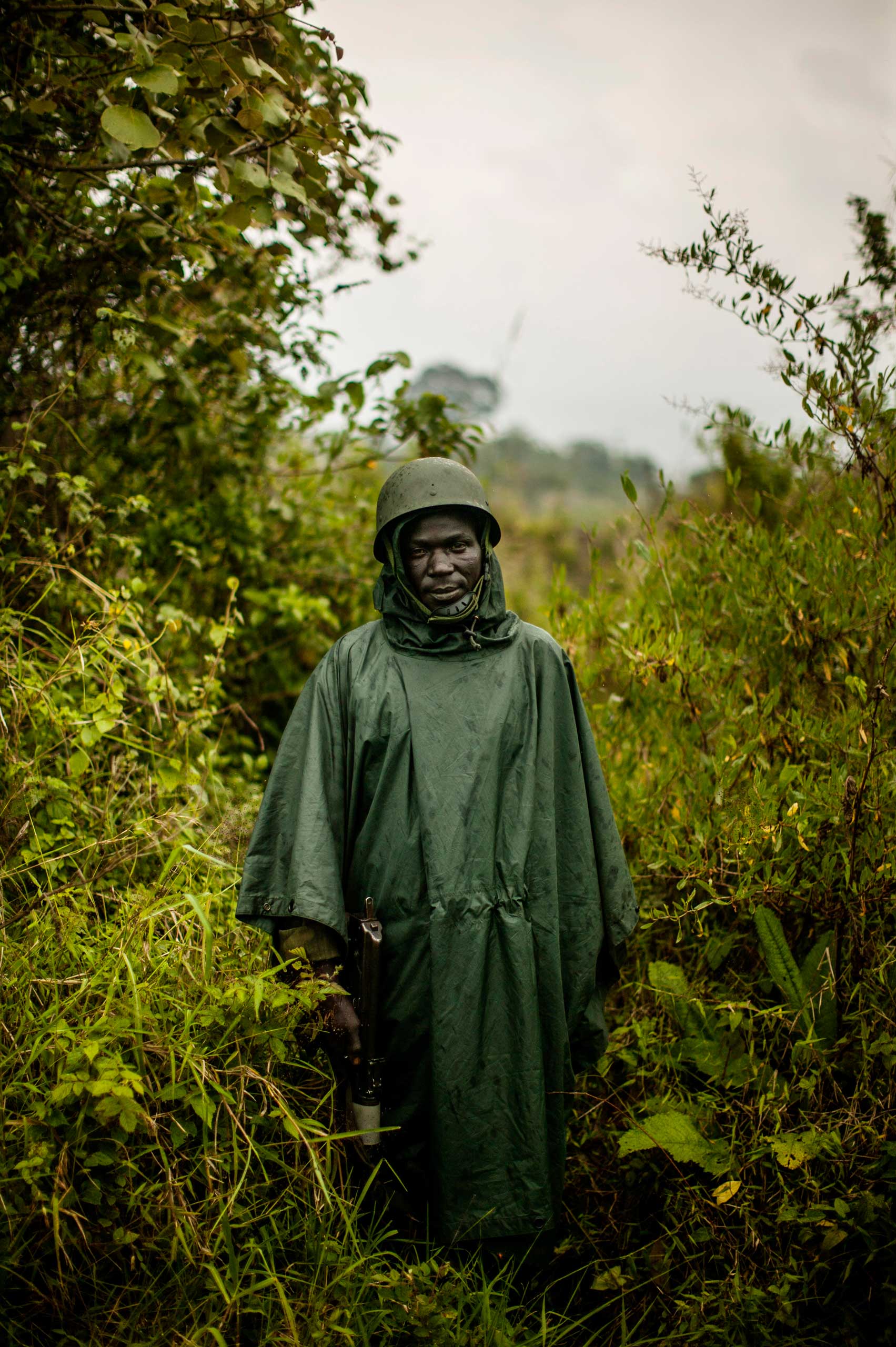
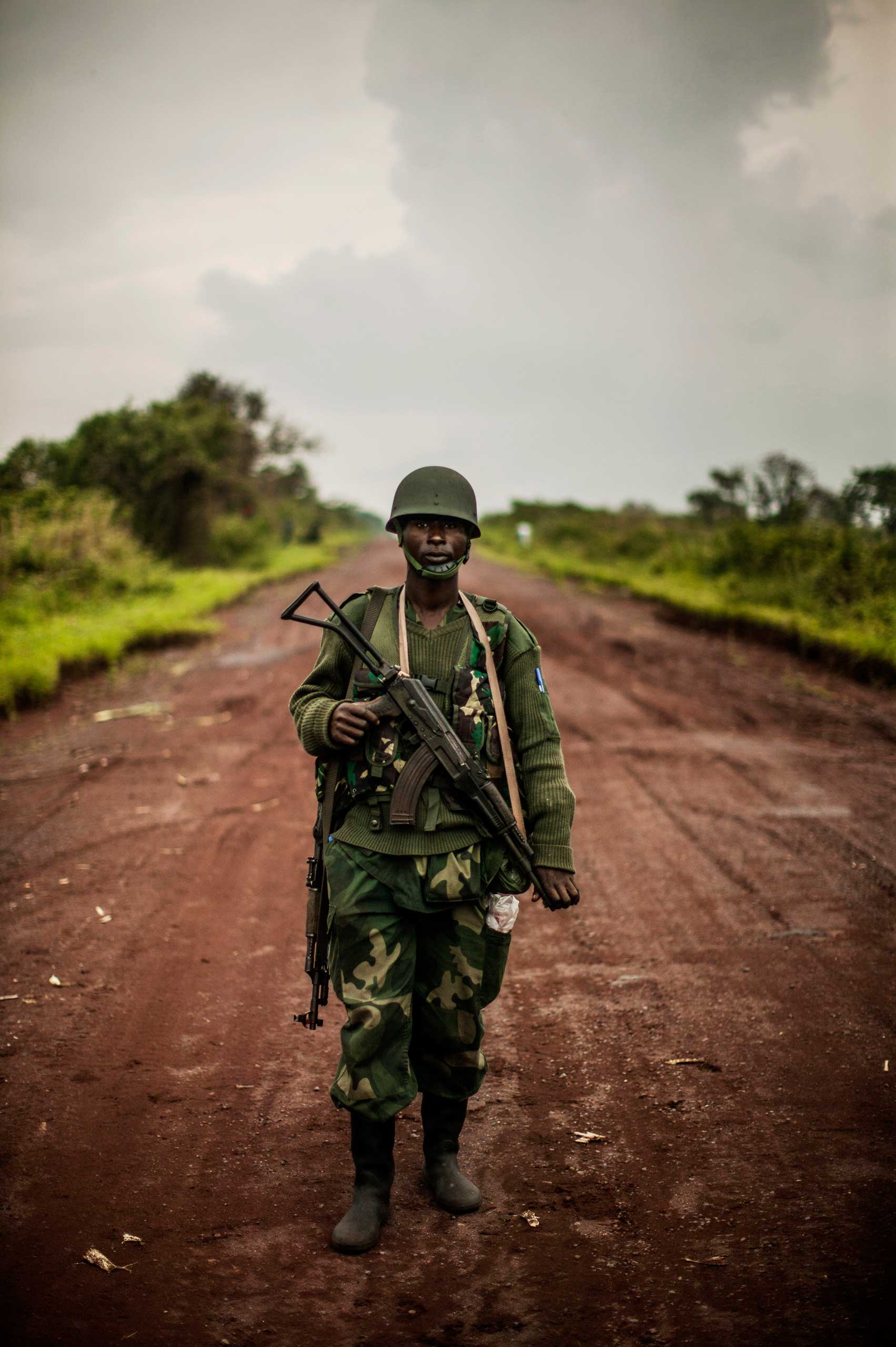


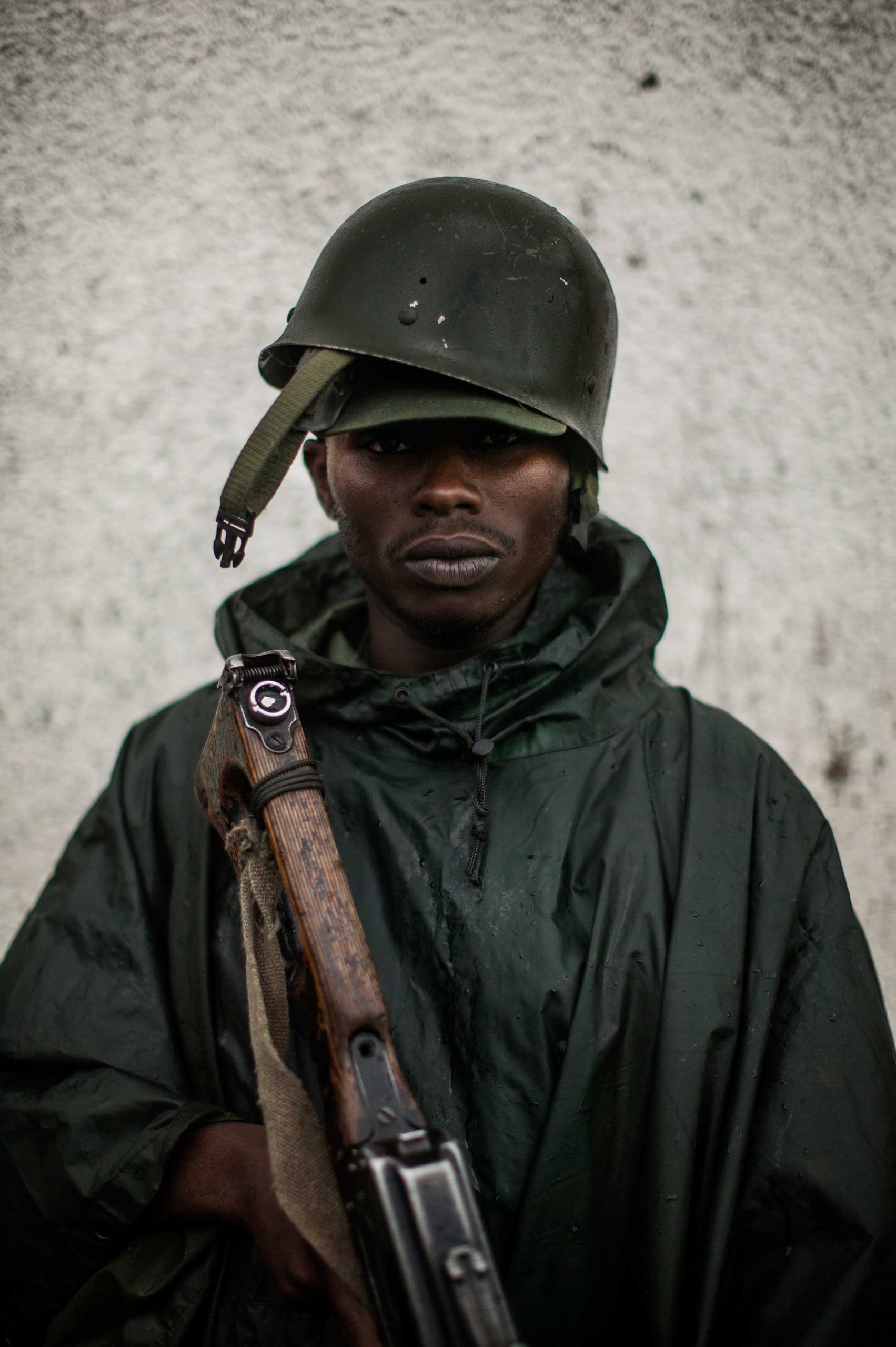
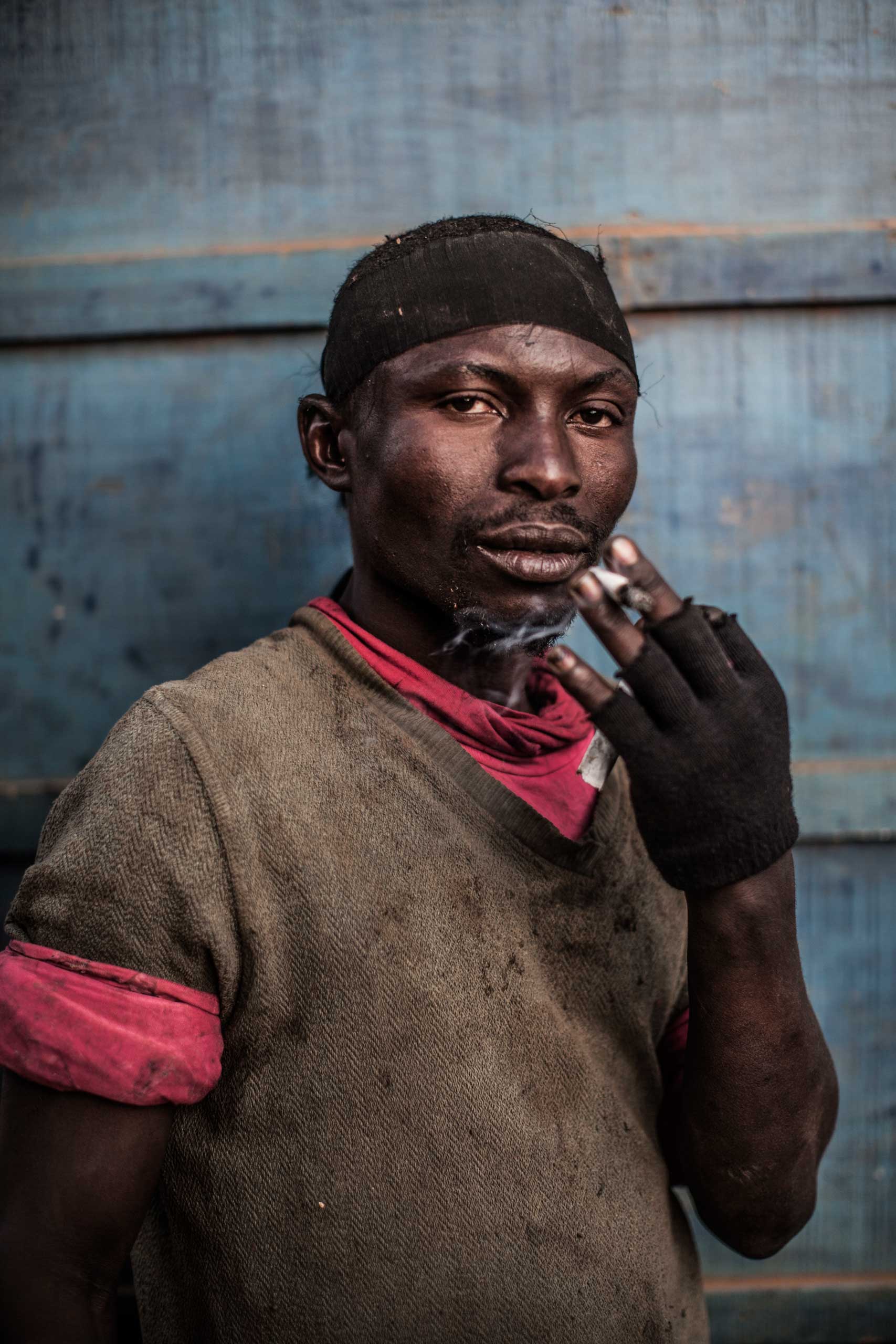


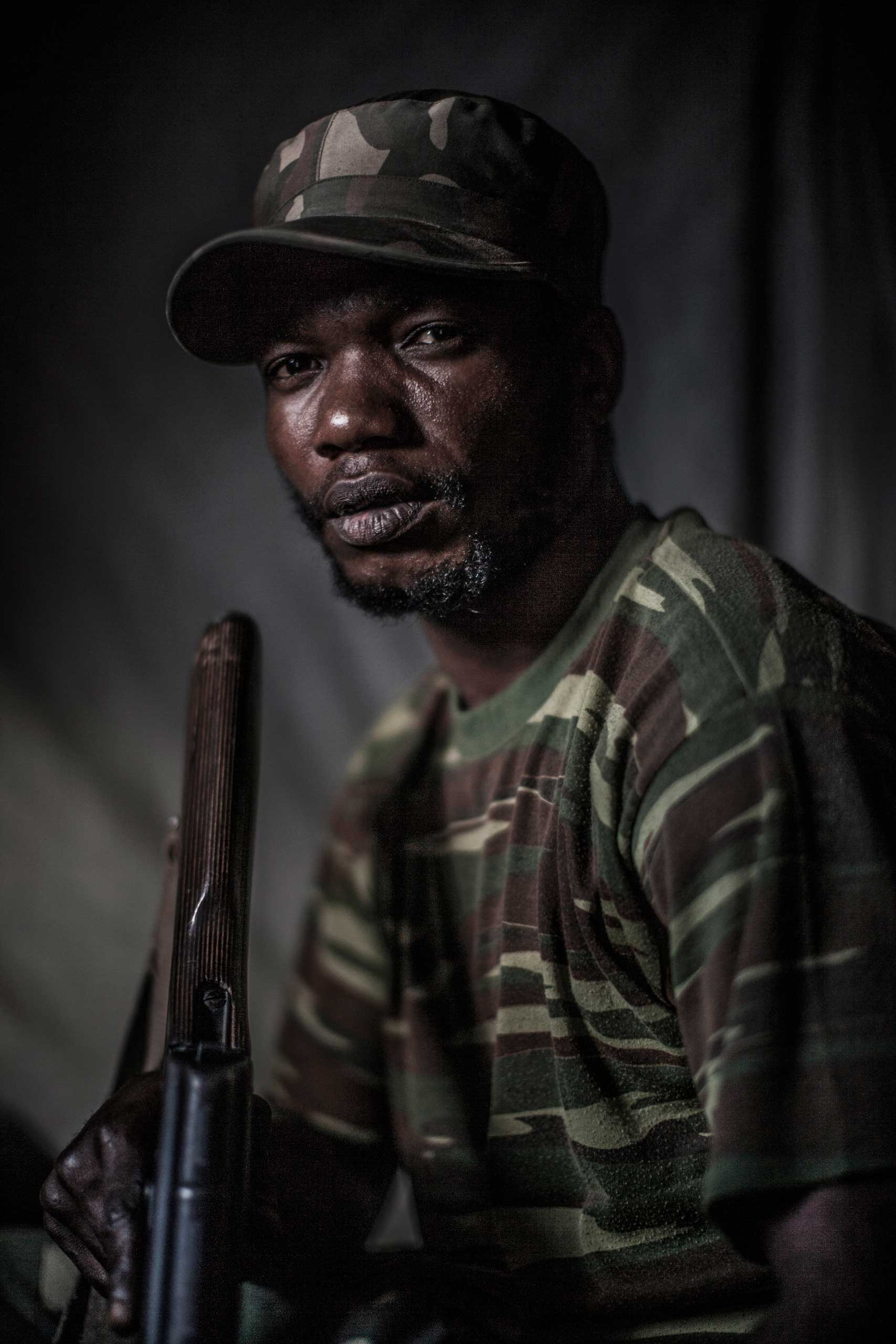
More Must-Reads from TIME
- Inside Elon Musk’s War on Washington
- Meet the 2025 Women of the Year
- The Harsh Truth About Disability Inclusion
- Why Do More Young Adults Have Cancer?
- Colman Domingo Leads With Radical Love
- How to Get Better at Doing Things Alone
- Cecily Strong on Goober the Clown
- Column: The Rise of America’s Broligarchy
Contact us at letters@time.com